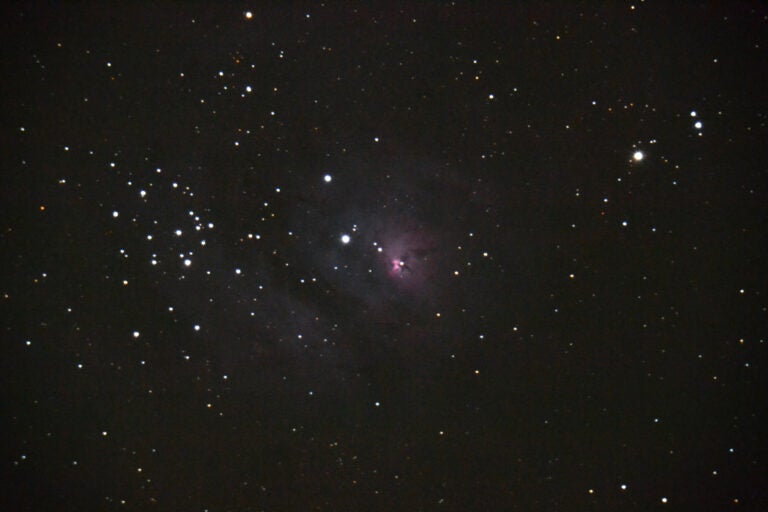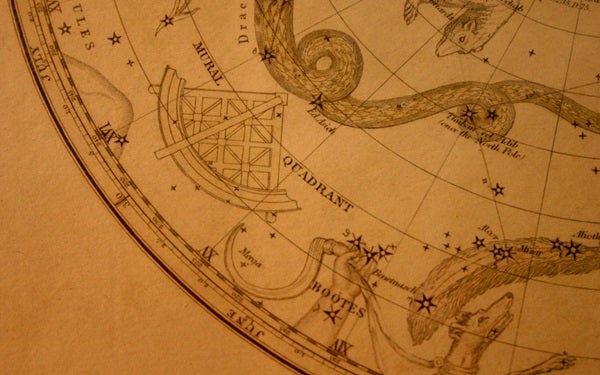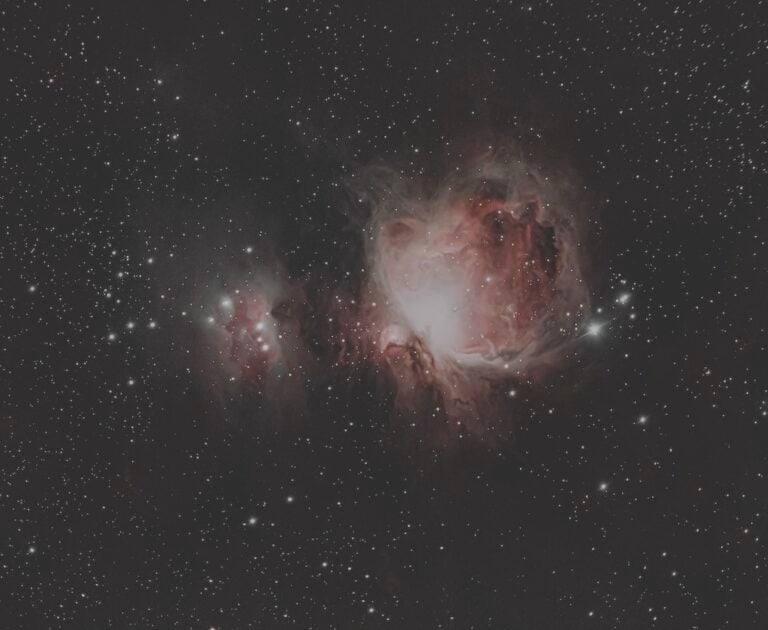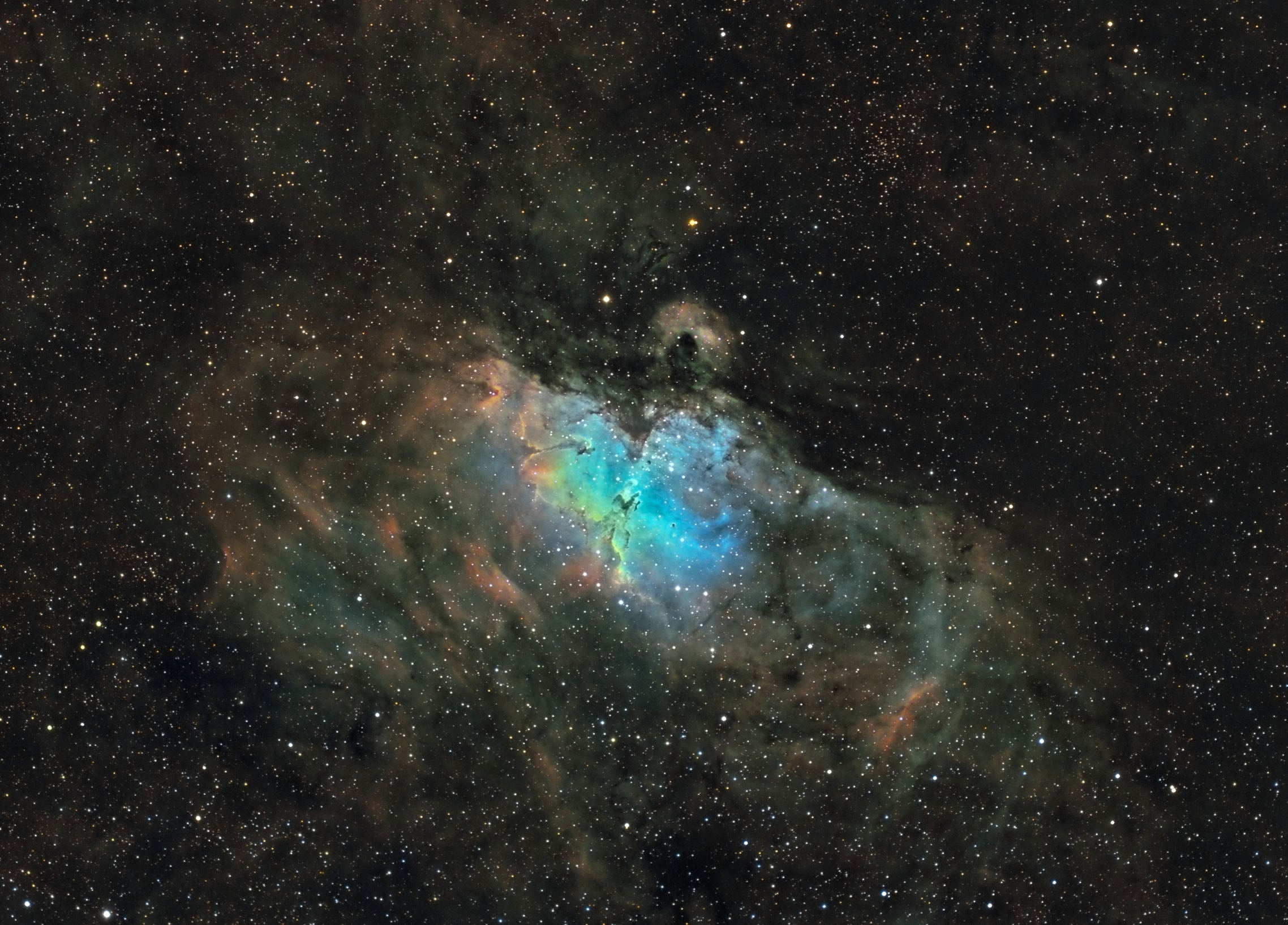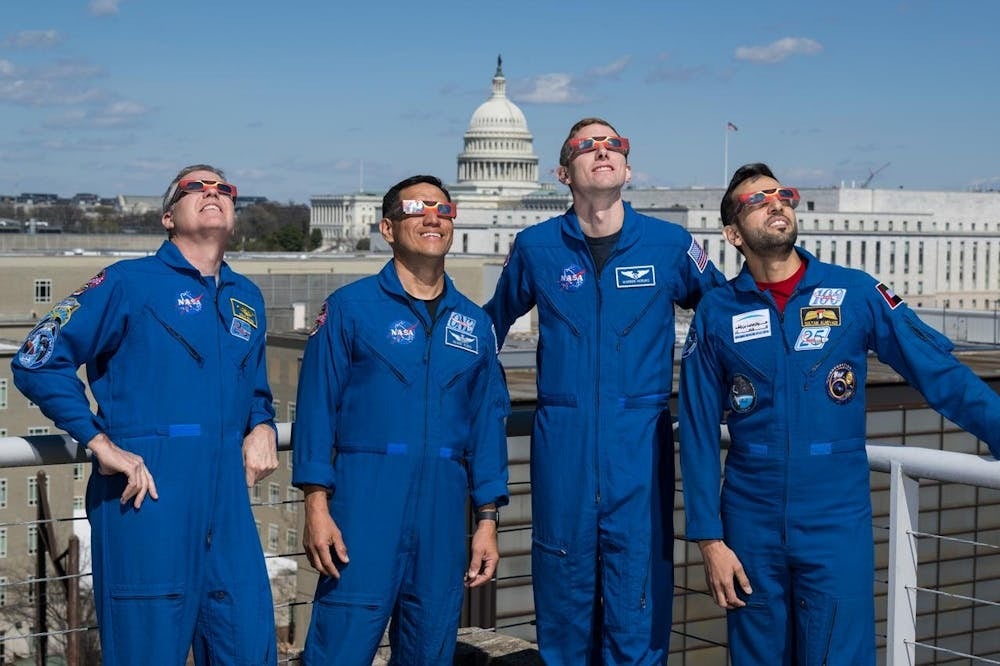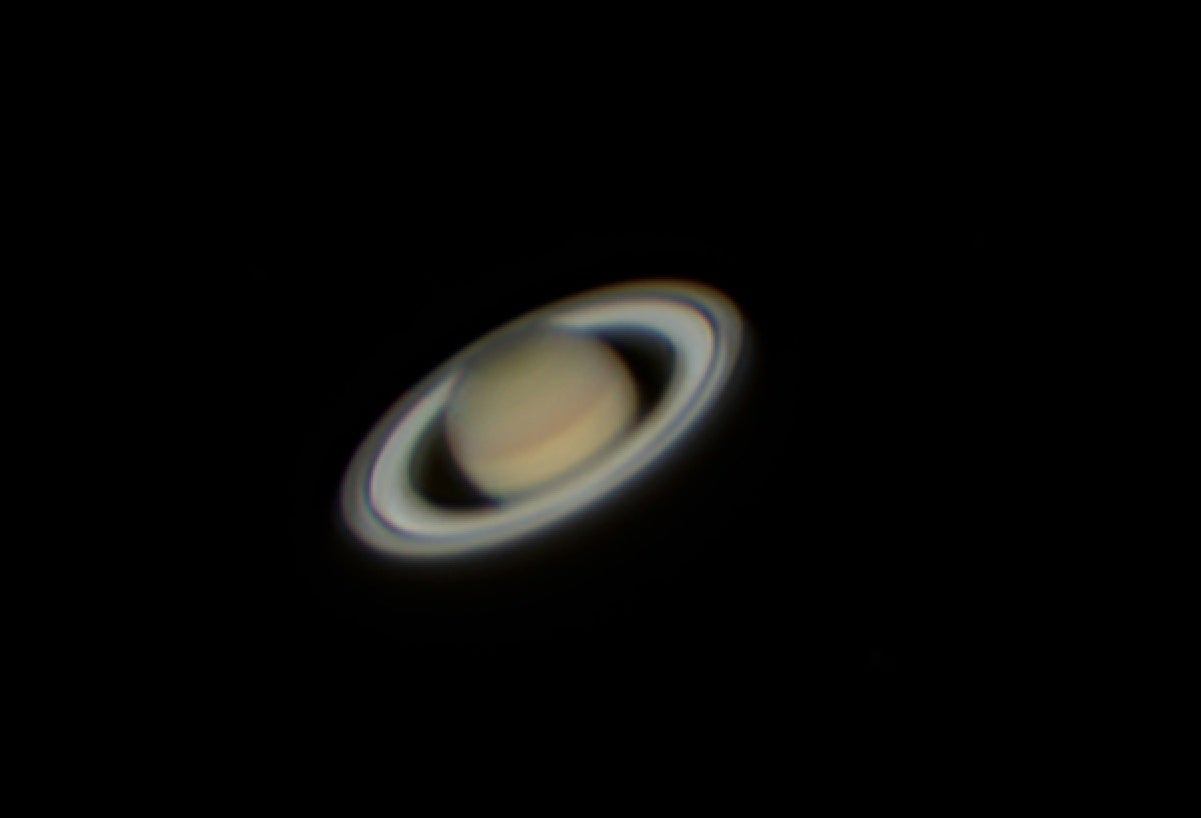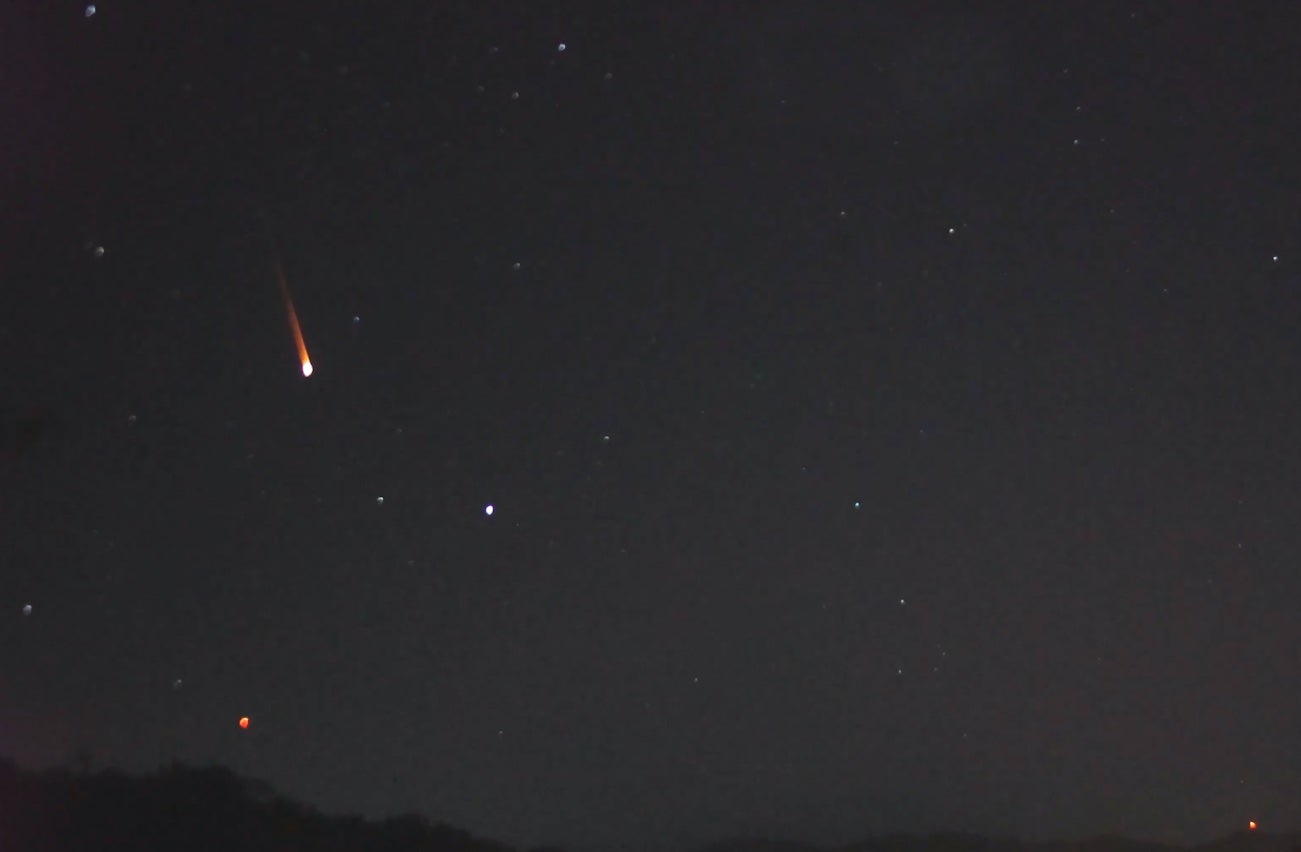
Before delving into a meteoric X-file, I’d like to share some red meteor news. In my September 2021 Secret Sky column, I described sighting a blood-red meteor. As usual, I asked readers if they had seen a similar phenomenon. I was amazed by the responses. Two years later, I am still receiving reports.
While seeing an all-red meteor is a rare occurrence for any one person, they do appear to be more frequent than I had imagined. What follows is a representative sample of these reports from across the globe.
On the night of Aug. 2, 2021, Julie Seiter of southeastern Indiana was out looking for early Perseid meteors without luck. She decided to have one last look toward Perseus when she saw a “distinctly red meteor just drop” from the sky overhead. The descent was nearly vertical and slow, with a slight wobble about halfway through. The sight made her think, “This is why the poets would say ‘a falling star.’ ”
Clouds on April 21, 2022, almost made Emily Weisse of State College, Pennsylvania, give up on the Lyrid meteor shower. Then, around 11:00 p.m., she saw through a hole in the clouds a slow-moving red meteor. Its long tail was streaking down toward the horizon from a point about 30° high in the northeast, slightly angled to the north. The spectacle was about as bright as Jupiter, and it lasted a couple of seconds. “Long enough,” she says, “to spend a little time with it.”
In Nottingham, England, Robert Tomlinson was “just about to come inside from imaging Saturn” on the morning of July 9, 2022, when he saw a “huge red meteor” streak rapidly across the sky from west to east in about two seconds. “I have seen many meteors,” Tomlinson says, “but I have never seen a red one! I didn’t even know they existed. It was magnificent. I will never forget seeing it.”
The “bright red” meteor that Heather Karrow of southern Wisconsin saw on Oct. 23, 2022, was both “beautiful and jaw dropping,” lasting longer than other meteors she saw that night.
Nearly a month later, on Nov. 20, 2022, Bryan Bailey of Knoxville, Tennessee, saw a red meteor with a “bright whitish nose and a long, sparkling, deep red tail. It was one of the most miraculous things I have ever witnessed,” he says. That same night, Jason Morrow of Paducah, Kentucky, was out walking his dog when he sighted what was likely that same red fireball in the southwest. “It wasn’t extremely bright,” he says, “but noticeable.” He reports that it seemed wider than most meteors he’d seen, and it seemed to “burn or even crumble toward the end.”
A month later, on Dec. 26, Gavin Peters in Adelaide, Australia, was looking due south when a “sparkly red/orange” meteor sliced the sky vertically for perhaps 20° of sky, terminating about 10–15° above the horizon.
The red meteor Phil Hartley saw around 10 p.m. over Doncaster, in South Yorkshire, England, on Jan. 22, 2023, made him think jovially of an “alien spaceship being shot down.”
X-Files: Silver Meteor
Now, cue the theme music from The X-Files. Have you ever seen a silver meteor? In January 2023, I was setting up my 3-inch Tele Vue refractor near the end of astronomical twilight when a swift third-magnitude meteor flashed about midway up the west-northwestern sky over Maun, Botswana. My first impression was a streak of molten aluminum, as the object’s sheen was similar to that of tinfoil.
The problem is, while meteors can have an aluminum component, “aluminum would radiate in the near-UV, in between the two strong emission lines of Ca+, in the 390–400 nanometer wavelength range,” says Peter Jenniskens, a meteor expert at the SETI Institute in California. “Usually, it is a weak emission. Not sure what combination of wavelengths would create the impression of a ‘silver color.’ ”
I wish I could blame the light of the silvery Moon, but there was no Moon in the sky. But seriously, I am wondering if a color-contrast illusion was at play. Some aerosols from the Jan. 15, 2022, eruption of the Hunga Tonga-Hunga Ha‘apai volcano are still present in the southern skies, giving us peach-toned astronomical twilights. As silver is a neutral shade, it can be complemented or enhanced by warm tones, such as orange and pink, which create a peach color when combined.
A preliminary bit of research into visual sightings of meteors turned up no further accounts of silver ones, but if you know of any historical accounts, or have seen a silver meteor yourself, write to me at sjomeara31@gmail.com.


